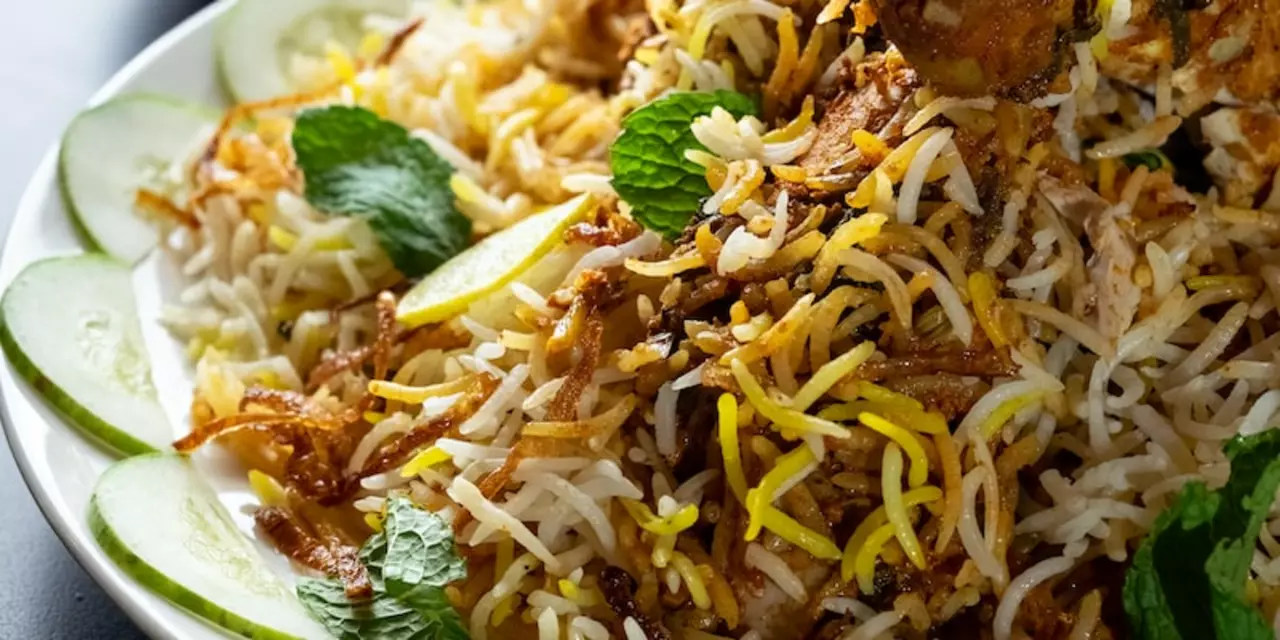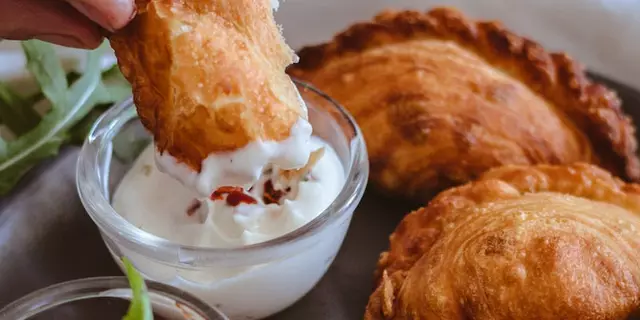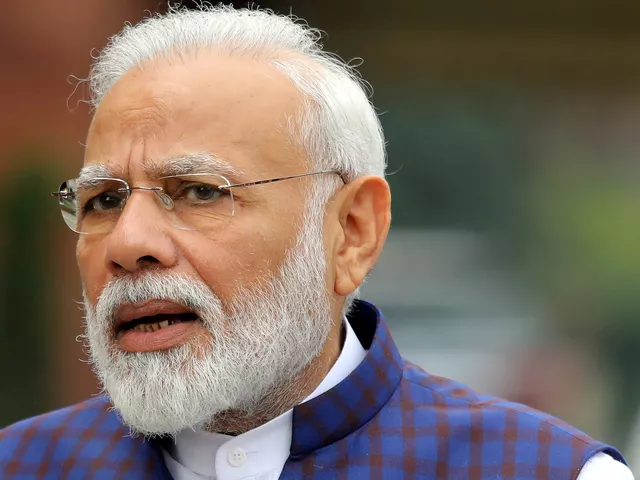Indian Food: A Flavorful Journey
Indian food is more than just a meal – it’s a mix of colors, spices, and stories that travel from north to south, east to west. Whether you grew up with roti and dal or you’re just curious, there’s a plate here that can surprise you. Let’s break down why Indian food feels so familiar and yet so exciting.
What Makes Indian Food So Unique?
First off, the spice rack. Indian cooks don’t just throw pepper in; they blend cumin, coriander, turmeric, garam masala, and many more into a powder that defines a dish’s soul. Those spices give heat, depth, and a hint of sweetness that you won’t find in a regular chicken stir‑fry. Next, the regional variety. In the north you get creamy butter chicken, naan, and aloo gobi, while the south serves up coconut‑laden sambar, dosa, and fiery vindaloo. Each region uses local produce, which keeps the food fresh and seasonal.
Another secret ingredient is the cooking technique. Tadka, or tempering, means heating oil with whole spices, then pouring it over lentils or vegetables at the end. This quick burst of aroma lifts a simple dal into something restaurant‑ready. And don’t forget the slow‑cooked gravies that let flavors meld over hours. Those methods make even humble ingredients taste rich.
Easy Ways to Bring Indian Flavors Home
You don’t need a full spice cabinet to start. Pick up a ready‑made garam masala blend and a few basics – cumin seeds, turmeric, and chili powder. With those, you can whip up a quick chickpea curry: sauté onions, add the spices, toss in canned chickpeas, tomato sauce, and let it simmer. Serve over rice or with store‑bought naan and you’ve got a satisfying dinner in 30 minutes.
If you’re after a snack, try making papad — a thin, crispy wafer that only needs a quick puff in the microwave. Top it with chopped onions, tomatoes, a squeeze of lemon, and a pinch of chaat masala for an instant street‑food experience. Another crowd‑pleaser is mango pickle; just slice a mango, toss with mustard seeds, chili flakes, and oil, and let it sit overnight.
Health‑wise, Indian food can be a win. Lentils and beans provide protein without the heaviness of meat. Vegetables are often cooked with spices that have anti‑inflammatory properties, like turmeric. Just watch the cream and ghee if you’re counting calories – you can swap them for yogurt or a splash of olive oil and still keep the flavor.
Finally, remember that Indian cooking is flexible. If you run out of a spice, improvise with what you have. A pinch of paprika can stand in for red chili powder, and a dash of cinnamon can add warmth to a curry you didn’t expect. The key is to taste as you go and enjoy the process.
So, whether you’re craving a hearty butter chicken, a tangy street‑side chaat, or a simple dal that warms the soul, Indian food offers something for every palate. Grab a few spices, roll up your sleeves, and let the flavors guide you. Happy cooking!



